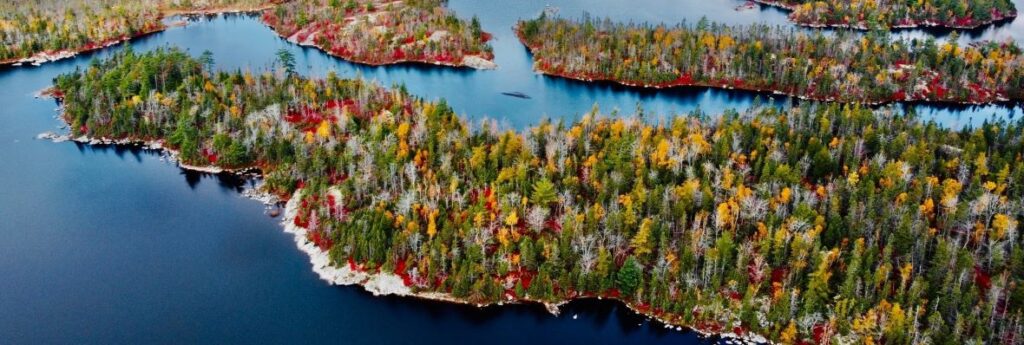The federal and Nova Scotia governments have committed to establishing the province’s first national urban park at Blue Mountain-Birch Cove Lakes in Halifax, an area of forest, wetlands, headwaters, and a system of lakes.
Federal Environment Minister Steven Guilbeault made the announcement at an aquatic club next to the proposed urban park site in the west end of the city.
“By preserving nature, we are protecting the most beautiful parts of this province,” he said. The minister said the proposed urban park requires a feasibility study, but he added that Ottawa has already committed to investing in land acquisition and infrastructure by the end of 2023.
Blue Mountain-Birch Cove Lakes Wilderness Area is close to Kearney Lake and the Bayers Lake Business Park in Halifax. Local advocacy group Friends of the Blue Mountain-Birch Cove Lakes has been calling for park designation for this land since 2018.
The federal government’s urban national park program, announced in August 2021, is a plan to spend $130 million on creating a network of parks in urban or near-urban areas. Guilbeault said Blue Mountain will be among the first urban national parks in the country.
Guilbeault and Nova Scotia Environment Minister Tim Halman also announced a series of agreements aimed at protecting old-growth forests, improving so-called ecological corridors, conserving coastal lands, and creating an Atlantic archipelago national wildlife area by late 2024.
“We’re strengthening the capacity of our natural world to fight climate change and keep our air and waters clean and healthy,” Guilbeault said.
The proposed archipelago wildlife area would comprise dozens of coastal and island properties, including federal land at Seal Island, Guyon Island and Owls Head.
Nova Scotia recently protected government-owned land at Owls Head as a provincial park after public protests led to the demise of a plan to build a golf course there.
Meanwhile, Environment Canada has also started talks with Nova Scotia on the creation of national wildlife areas on Isle Haute, in the Bay of Fundy; St. Paul Island, in the Gulf of St. Lawrence; and Country Island, which is off the province’s eastern shore.
The province has plans to conserve at least 20% of its land and water areas by 2030, which is part of Canada’s goal of protecting 30% of the country’s land and inland waters by 2030.

